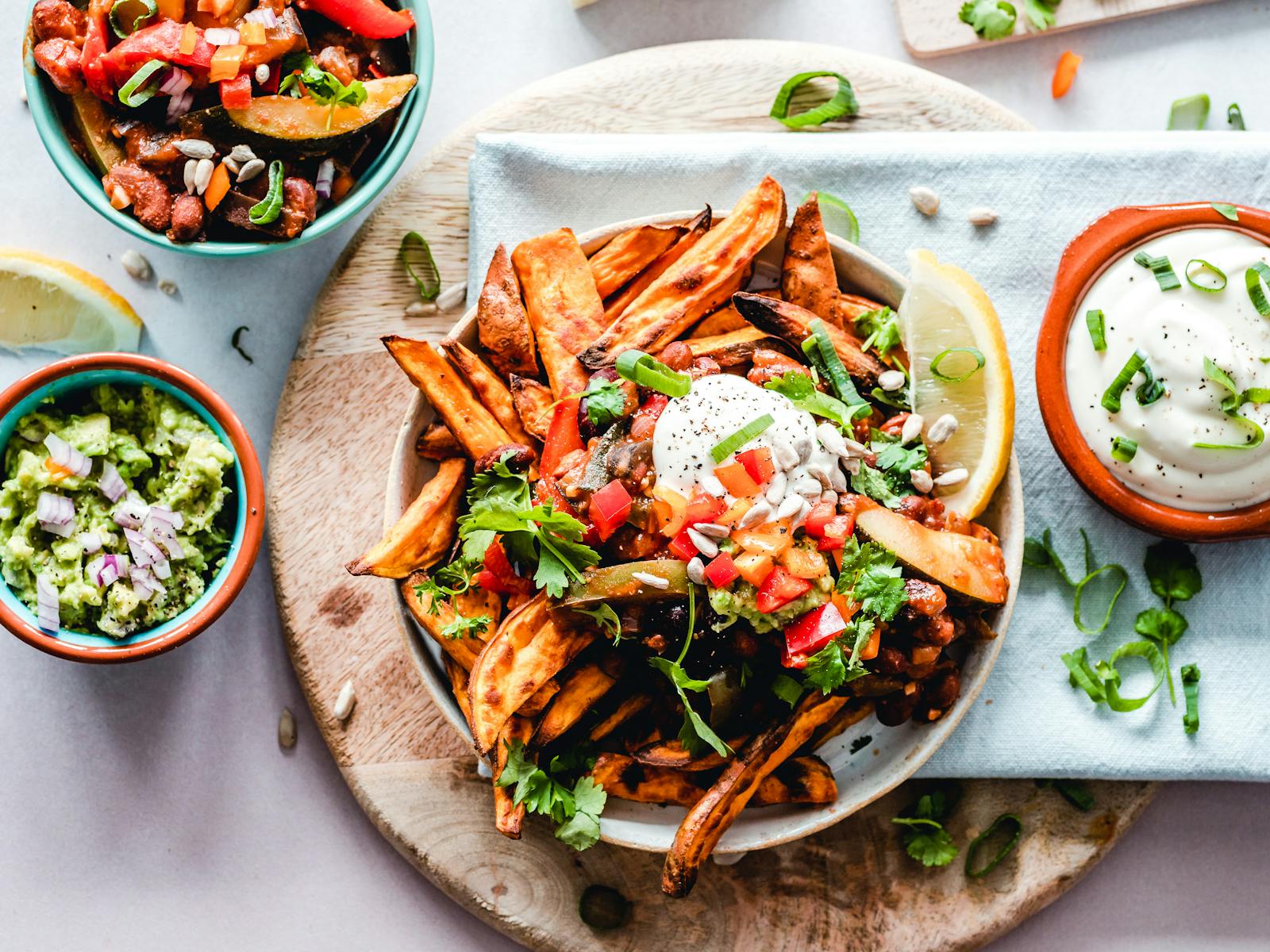Balanced Plate Guide: 7 Crucial Approaches for Healthy Consuming and Portion Control
Balanced Plate Guide: 7 Crucial Approaches for Healthy Consuming and Portion Control
Blog Article
Balanced Plate Overview: 7 Important Strategies for Healthy And Balanced Eating and Part Control
Consuming an all-around diet and managing the amount of food you consume are critical for total health. An attentively composed dish provides the essential nutrients in the appropriate quantities, promoting overall health and decreasing the risk of long-lasting illnesses. To support your initiatives, below are 7 essential strategies for creating a healthy diet regimen and mastering part administration.
Understanding the Food Groups
A balanced plate consists of a selection of food groups, each adding vital nutrients. Veggies provide vitamins, minerals, and fiber, while fruits offer vitamins and anti-oxidants. Healthy proteins, such as lean meats, fish, beans, and nuts, are vital for muscle repair and growth. Entire grains, like wild rice Portion Sizes and quinoa, are necessary for energy and fiber, and dairy or dairy products choices sustain bone health.
What are the components of a balanced plate?
Photo Your Perfect Portion
Envision your plate as a pie chart to attain a well-rounded dish. The largest piece, covering 50% of home plate, need to be reserved for a vivid mix of vegetables and fruits, with veggies taking the lead. One more quarter of home plate ought to feature lean healthy protein resources, while the last quarter is best full of whole grains. This aesthetic approach makes it very easy to strike a balance and incorporate a variety of nutrient-rich foods into your day-to-day diet regimen?
Exercising Mindful Eating
Mindful eating can significantly improve your eating routines. Consuming gradually and enjoying your food aids you identify when you're full, preventing over-eating. Avoiding disturbances, such as viewing TV or utilizing your phone while consuming, permits you to concentrate on your dish. Paying attention to your body's appetite and volume signs guarantees you eat when you're absolutely starving and stop when you're pleased.
Regulating Food Quantities for a Healthier You
Proper portion control is essential for keeping a healthy and balanced weight. Utilizing smaller sized plates can make parts appear larger, assisting you eat less. Reviewing food labels and paying interest to offering sizes guarantees you're consuming the ideal quantities. Measuring sections with cups and spoons can help you remain on track.
Selecting Nutritious Snack Options
Consuming nourishing snacks such as fresh fruits and vegetables, nuts aid in sustaining power degrees throughout the day. These snack selections are not only simple to prepare however additionally provide important nutrients like healthy protein, healthy and balanced fats, and probiotics. By incorporating these treats right into your diet plan, you can advertise a well-rounded consuming strategy and prevent delighting in unhealthy treats.
Planning Your Meals
Assuming in advance regarding what you'll consume can bring about a more nourishing diet regimen. By mapping out your everyday dishes, including breakfast, lunch, dinner, and treats, you can stay on track and prevent final harmful options. Dealing with prep work, like cutting veggies and cooking staples, throughout the weekend or a day off can make weekdays easier. And also, cooking wholesale and cold leftovers allows you to enjoy healthier meals throughout the week with marginal hassle.
Staying Hydrated
Preserving sufficient hydration is crucial for general well-being. Strive to consume a minimum of eight cups of water daily, and limit your intake of sweetened drinks like soda pop and fruit-flavored beverages. Having a refillable water container accessible promotes constant drinking, assuring that you stay appropriately hydrated throughout your daily activities.
